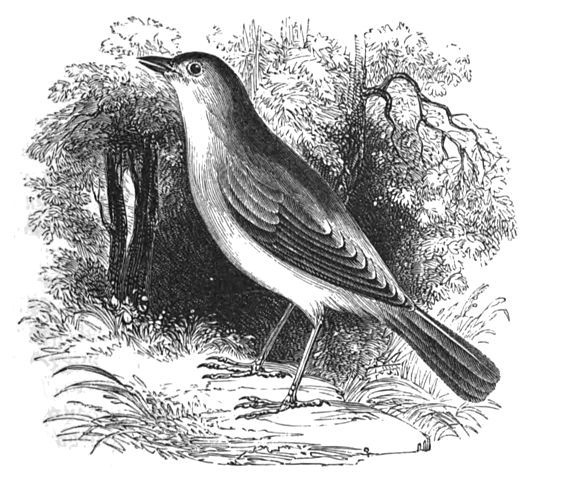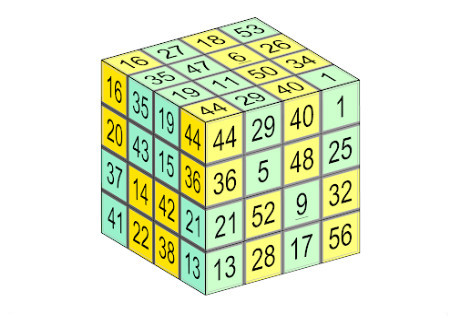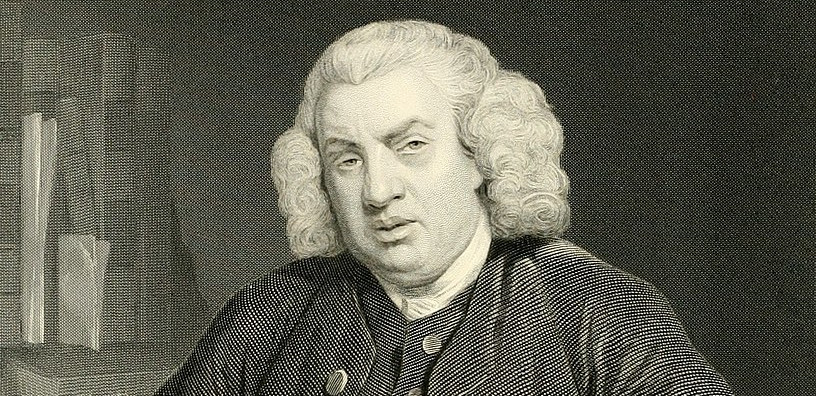A problem from Cambridge mathematician J.E. Littlewood’s Miscellany (1953):
Is it possible to pack a cube with a finite number of smaller cubes, no two of which are the same size?
A problem from Cambridge mathematician J.E. Littlewood’s Miscellany (1953):
Is it possible to pack a cube with a finite number of smaller cubes, no two of which are the same size?

Song of a neighborhood nightingale transcribed in 1868 by German naturalist Johann Matthäus Bechstein:
Tioû, tioû, tioû, tioû.
Spe, tiou, squa.
Tiô, tiô, tiô, tiô, tio, tio, tio, tix.
Coutio, coutio, coutio, coutio.
Squô, squô, squô, squô.
Tzu, tzu, tzu, tzu, tzu, tzu, tzu, tzu, tzu, tzi.
Corror, tiou, squa pipiqui.
Zozozozozozozozozozozozo, zirrhading!
Tsissisi, tsissisisisisisisis.
Dzorre, dzorre, dzorre, dzorre, hi.
Tzatu, tzatu, tzatu, tzatu, tzatu, tzatu, tzatu, dzi.
Dlo, dlo, dlo, dlo, dlo, dlo, dlo, dlo, dlo.
Quio, tr rrrrrrrr itz.
Lu, lu, lu, lu, ly, ly, ly, liê, liê, liê, liê.
Quio, didl, li lulylie.
Hagurr, gurr quipio!
Coui, coui, coui, coui, qui, qui, qui, qui, gai, gui, gui, gui.
Goll goll goll goll guia hadadoi.
Couigui, horr, he diadia dill si!
Hezezezezezezezezezezezezezezezeze couar ho dze hoi.
Quia, quia, quia, quia, quia, quia, quia, quia, ti.
Ki, ki, ki, ïo, ïo, ïo, ioioioio ki.
Lu ly li le lai la leu lo, didl ïo quia.
Kigaigaigaigaigaigaigai guiagaigaigai couior dzio dzio pi.
In his 1795 Natural History of Cage Birds, he notes that some captive birds “never sing unless confined within narrow limits, being obliged, as it would appear, to solace themselves, for the want of liberty, with their song,” and so should never be given freedom within a room.
See Bird Talk, Bird Songs, and Who’s Who.
In his Lives of the Most Excellent Painters, Sculptors, and Architects (1550), Giorgio Vasari notes that in January 1494, while Michelangelo was working on his first full-scale stone figure, “there was a heavy snowfall in Florence and Piero de’ Medici, Lorenzo’s eldest son … wanting, in his youthfulness, to have a statue made of snow in the middle of his courtyard, remembered and sent for Michelangelo and had him make the statue.”
A heavy snowfall did occur that month: One chronicler wrote, “There was the severest snowstorm in Florence that the oldest people living could remember.” And it was a tradition on such occasions for outstanding artists to sculpt large snow figures, including the Marzocco, the heraldic lion that is the city’s symbol. But “What snow figure Michelangelo fashioned is not known,” writes critic Georg Brandes, “only that it stood in the courtyard of the Palazzo Medici.”
Seventeen years later, Brussels residents protested the wealthy Habsburgs by building 110 satirical snowmen, more than half of which were said to be pornographic. There’s no visual record of that, either. It’s known as the Miracle of 1511.
If all the good people were clever,
And all clever people were good,
The world would be nicer than ever
We thought that it possibly could.
But somehow ’tis seldom or never
The two hit it off as they should,
The good are so harsh to the clever,
The clever, so rude to the good!
So friends, let it be our endeavour
To make each by each understood;
For few can be good, like the clever,
Or clever, so well as the good.
— Elizabeth Wordsworth

Reader William Walkington devised this “hollow” cube of order 4, each of whose faces is a magic square that draws on numbers from 1 to 56. The lines of four numbers in each row, column, long diagonal, and even some of the broken diagonals, produce the magic sum 114. Further, remarkably, when the figure is “scrambled” like a Rubik’s cube, the result is often another magic box cube:

For more information, see his site. (Thanks, William.)
“Description of things and atmosphere” from the notebooks of F. Scott Fitzgerald:
In his 1925 story “Love in the Night,” a “limousine crawled crackling down the pebbled drive.”
The second stanza of this poem is an anagram of the first:
A girl once kept a tiny sheep,
Widely famed for whiteness:
This pet would dog her every step,
No certain sign of brightness.
‘Twas viewed, the pest, one day in class
By impish children there;
Kids laugh to see pets, goofing off,
Weren’t trying — open, err!
Caprices of Oxford dons, recounted in Maurice Bowra’s Memories: 1898-1939:
“In his quiet way [Wadham College Warden Joseph Wells] had an impressive authority, and it was told that once, when he heard a fearful row in the back quad, he walked up in the dark and said, ‘If you don’t stop at once, I shall light a match.’ They stopped.”
“[Oxford administrator Benjamin Parsons] Symons never admitted that he was wrong. An undergraduate was found drunk, and Symons abused another, quite innocent man for it, who said that his name was not that by which Symons had called him, but Symons would not admit it. ‘You’re drunk still. You don’t even know your own name. Go to your room at once.'”
“[Philosophy tutor Frank] Brabant kept a car and drove it badly, even by academic standards, which, from myopia, or self-righteousness, or loquacity, or absorption in other matters, are notoriously low. Once when I was with him, he drove straight into a cow and knocked it down, fortunately without damage. When the man in charge of it said quite mildly, ‘Look out where you are going,’ Brabant said fiercely, ‘Mind your own business,’ and drove on.”
See Metathesis.
In judging others we can see too well
Their grievous fall, but not how grieved they fell;
Judging ourselves, we to our minds recall,
Not how we fell, but how we grieved to fall.
— George Crabbe, “Boys at School,” 1819

Lord David Cecil called Samuel Johnson “an outstanding example of the charm that comes from an unexpected combination of qualities. In general, odd people are not sensible and sensible people are not odd. Johnson was both and often both at the same time.”